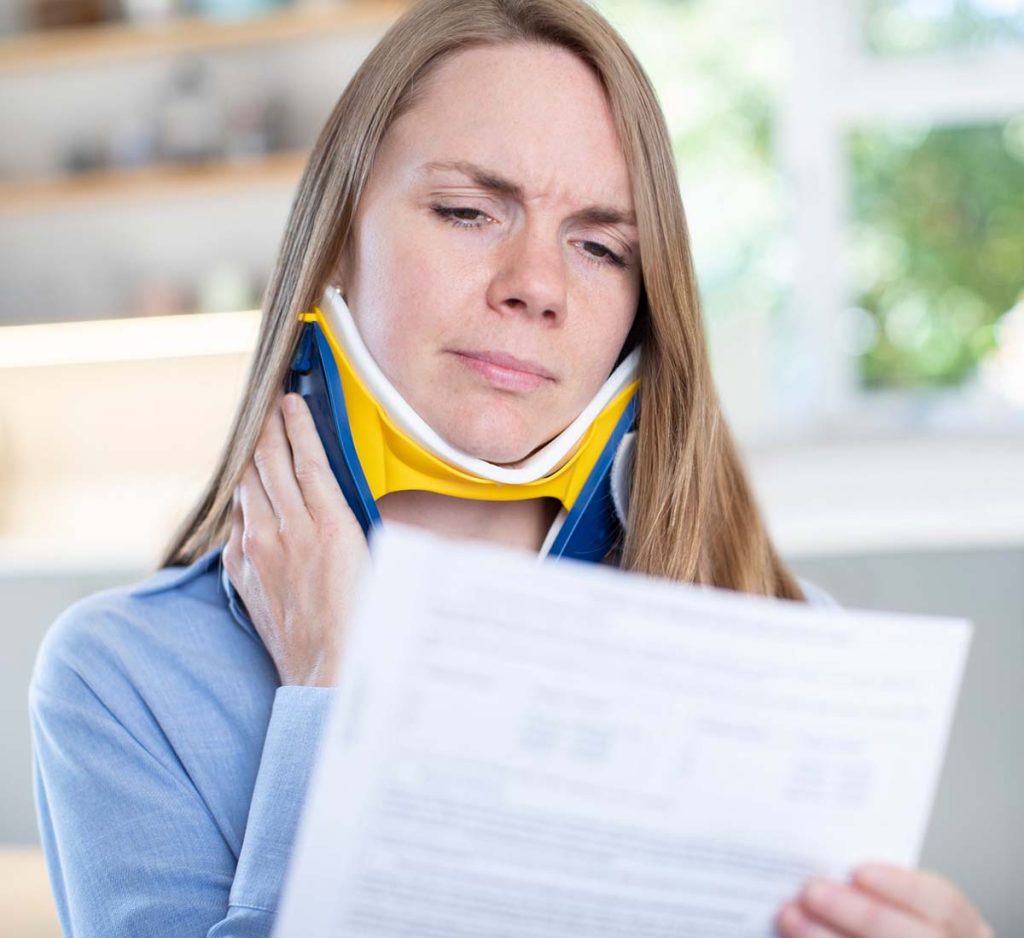Documenting your car accident injuries in your medical records is essential in ensuring you receive the compensation and care you deserve.
A car accident can significantly impact your life, leaving you with injuries that require medical attention. To ensure you receive proper treatment and any potential compensation, it’s crucial to accurately document your car accident injury in your medical records.
For over 45 years, New York car accident attorneys at our law firm have helped hundreds of injury victims and their families obtain millions of dollars in compensation. Call us today to schedule a free consultation.

How to Document Your Accident Injuries
Each injury case is different. So what may be practical for one case may not be for another. However, here are the general steps to document your car accident injuries in medical records effectively.
- Seek Immediate Medical Attention: After a car accident, seek medical attention immediately, even if your injuries seem minor. Some injuries may not manifest immediately; a prompt medical evaluation can help identify underlying issues. Visit the nearest hospital or medical facility to undergo a thorough examination by a healthcare professional.
- Provide a Detailed Account: When discussing your injuries with the healthcare provider, be honest and provide a detailed account of the accident. Explain the events leading up to the accident, the impact, and any symptoms you are experiencing. This information will help the medical professional assess your condition and provide appropriate treatment.
- List all Symptoms: Ensure that you mention all the symptoms you are experiencing, even if they seem minor. Typical car accident injuries may include whiplash, back pain, headaches, fractures, or internal injuries. Documenting every symptom will help in establishing a comprehensive medical record.
- Take Photos: If possible, take photographs of any visible injuries you sustained in the accident. Visual evidence can be a powerful addition to your medical records and help establish your injuries’ severity.
- Keep Track of Treatment: Throughout your recovery process, record all medical treatments received, including doctor visits, prescriptions, physical therapy sessions, and any other medical procedures. These records will demonstrate the extent of your injuries and the steps taken to address them.
- Obtain Copies of Medical Records: Request copies of all medical records related to your car accident injuries from the healthcare provider. These records should include doctor’s notes, diagnostic reports, X-rays, MRI scans, and other relevant documentation.
- Organize Your Records: Organize all your medical records chronologically, making it easier for you and your legal representative to review and present them when needed.
- Consult an Attorney: If you intend to seek compensation for your car accident injuries, it is crucial to consult a personal injury attorney with experience in handling car accident cases. An attorney can guide you through the legal process, help you understand your rights, and negotiate with insurance companies on your behalf.
- Keep a Personal Journal: Maintain a personal journal to document your pain levels, emotional struggles, and the impact of the injuries on your daily life. This journal can serve as a supplemental record to support your medical documentation.
Documenting your car accident injuries in medical records is essential in ensuring you receive the compensation and care you deserve. Seek immediate medical attention, provide a detailed account of the accident, list all your symptoms, and keep track of your treatment. Working with a personal injury attorney can further strengthen your case and protect your rights during the claims process. Following these guidelines and maintaining thorough records can bolster your chances of a fair settlement and focus on your road to recovery.
